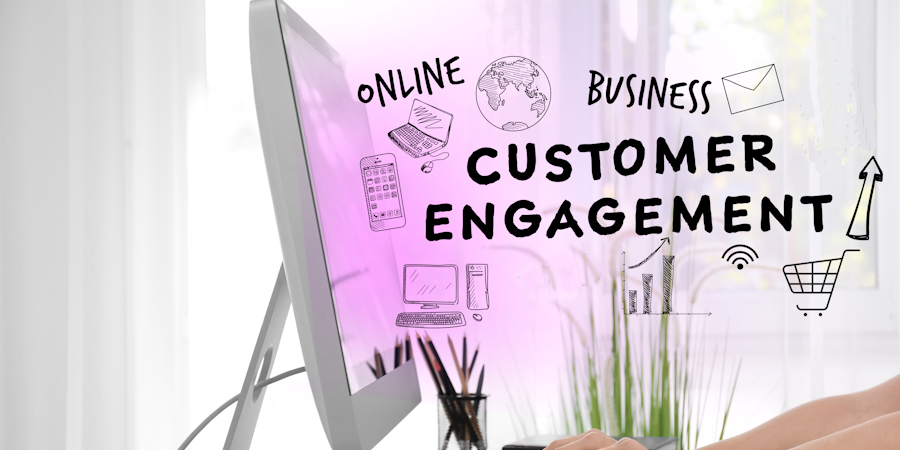
Facebook is a powerful platform. Millions of people look at it daily so it’s a great way to put your business offering in front of a lot of people.
Facebook frowns on using personal accounts for business, but there are business pages to fulfil that role. The only challenge is that your audience has to be actively engaged for them to see your posts. The only other way to put content in front of people is to pay for it.
You don’t have to spend a fortune, but you do need to know what you’re doing or you can spend a lot of money quickly with little return.
Facebook does have some clever ad testing tools for ads so you can easily find out what works best and you can hone the demographics finely so your ads are only shown to people who fit your client profile.
Paid-for traffic will bring people to your page, but to keep them coming back you need to get engagement. This is where it’s essential to step out from behind your business ‘shop front’ and go and look at your ‘window display’ like a customer.
Getting engaged
What will interest your visitors? It’s not a long string of ads for your business! It’s not videos of cats either (unless you happen to be running a pets page).
There’s a big difference between broadcast and engagement. Broadcast posts are simply information and often scheduled in via one of the social media management tools like Hootsuite or Buffer. This is good to maintain ongoing content on your page, but won’t create much in the way of engagement.
Firstly Facebook penalises post that come from outside their platform, so fewer people are likely to see your posts in their feed. In fact, you will have to work quite hard to get your posts seen (or pay for sponsored or boosted posts). The more relevant content you post or share directly on Facebook, the better.
You’ll need to experiment and see what your followers like and share themselves from your content. It’s important to keep track of this – and Facebook have some useful metrics on your dashboard that help you to do that.
For example …
If you’re a virtual assistant your Facebook page should include some amusing images or videos of people who are fighting the paper mountain that most businesses create (even if it’s an electronic pile of paper rather than an actual one). It could also feature time-saving tips, useful templates and other helpful articles and videos you’ve curated.
Remember that Facebook is a social platform (even though you may be using it for business) and the tone and style of your posts needs to be appropriate to people who are in social head space.
If you’re serious about using Facebook well, put aside at least 10-15 minutes a day for being online. Check for messages, comments and shares and respond. Keep your eyes open wherever you happen to be online for things that will interest your audience. Your business will benefit from the time and effort you invest.
